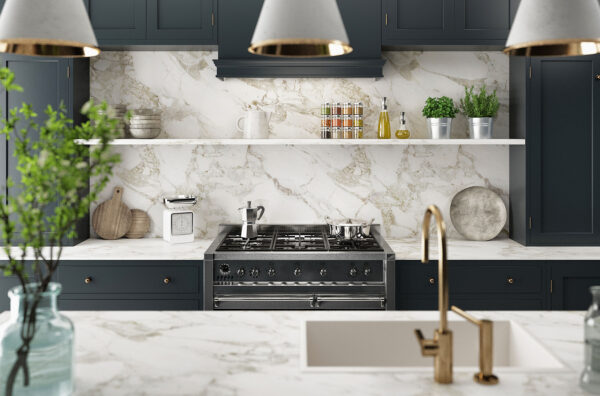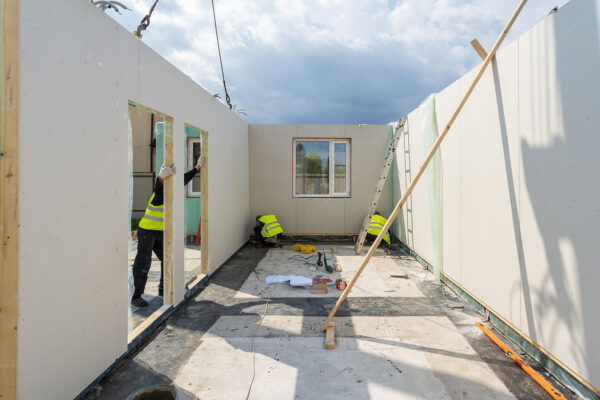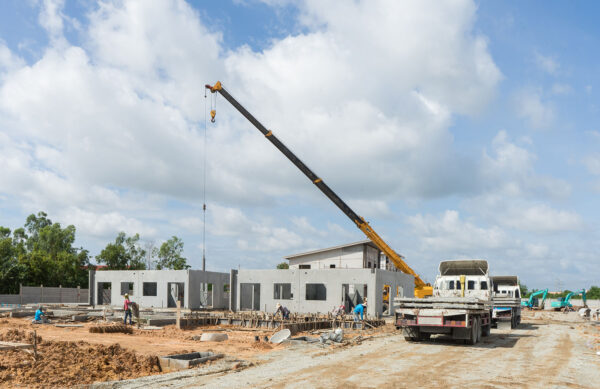Understanding the Lifespan of Modular Homes
Modular homes are designed to be durable and long-lasting, just like traditional stick-built homes. On average, a well-maintained modular home can last for 50 years or more. However, this figure can vary significantly based on various considerations. Let’s explore the critical factors affecting the lifespan of modular homes:
Craftsmanship and Materials Matter
The quality of construction is a fundamental factor influencing how long a modular home will last. Reputable manufacturers prioritize using high-quality building materials and skilled craftsmanship to ensure structural integrity. When choosing a modular home, it’s essential to research and select a manufacturer known for producing durable and well-built homes.
The choice of building materials plays a significant role in the durability of a modular home. Opting for high-quality roofing, siding, insulation, windows, and doors can contribute to a longer lifespan. Durable materials can better withstand the elements and require fewer replacements over time.
The Importance of Ongoing Care
Proper maintenance is essential for preserving the longevity of a modular home. Routine inspections and upkeep, such as roof checks, siding repairs, and servicing HVAC systems, can prevent minor issues from escalating into major problems. Homeowners who invest time and effort into maintaining their modular homes are likely to enjoy an extended lifespan for their property.
Building with Quality Materials
The choice of building materials plays a significant role in the durability of a modular home. Opting for high-quality roofing, siding, insulation, windows, and doors can contribute to a longer lifespan. Durable materials can better withstand the elements and require fewer replacements over time.
The Impact of Environment
The geographical location of a modular home and the local climate can have a substantial impact on its lifespan. Homes in regions with harsh weather conditions, such as extreme heat, cold, or frequent storms, may require more maintenance and upkeep to withstand the elements. Proper insulation and weatherproofing are crucial in areas with temperature fluctuations.
The Role of a Solid Foundation
The type and quality of the foundation used for a modular home are critical factors. A solid and well-maintained foundation provides the necessary structural support and stability. Proper site preparation, including soil testing and leveling, is essential to ensure the foundation’s integrity and the home’s overall longevity.
Enhancing Durability Through Upgrades
Some homeowners choose to update or renovate their modular homes over the years. These updates can enhance both the appearance and functionality of the home, potentially extending its lifespan. Renovations may include upgrading insulation, replacing outdated fixtures, or adding energy-efficient features.
Impact on Investment
Modular homes that are well-maintained and in good condition tend to have higher resale value. A well-preserved home can be an attractive option for potential buyers, contributing to its longevity in the real estate market.
In conclusion, the typical lifespan of a modular home can surpass 50 years when built with quality construction, regularly maintained, and located in a suitable environment. By prioritizing these factors and considering upgrades as needed, homeowners can enjoy a durable and long-lasting living space that stands the test of time.




